Do you know that tires with proper inflation improve a vehicle’s fuel efficiency by about 3%? Well, seeing the tire pressure light illuminate on your Lexus dashboard can be worrying.
Especially when you’ve checked your tires, and they seem perfectly inflated. While this is a common issue, addressing it promptly is essential for both safety and vehicle performance.
All Lexus vehicles have a Tire Pressure Monitoring System (TPMS). This system alerts drivers when tire pressure falls below the recommended levels, helping to prevent issues like uneven tire wear, reduced fuel efficiency, and compromised safety.
Here, we’re investigating situations where Lexus tire pressure light on but tires are full. We’ll explore the causes and provide professional solutions for this problem. So, let’s explore the mystery of the tire pressure light and get you back on the road with confidence!
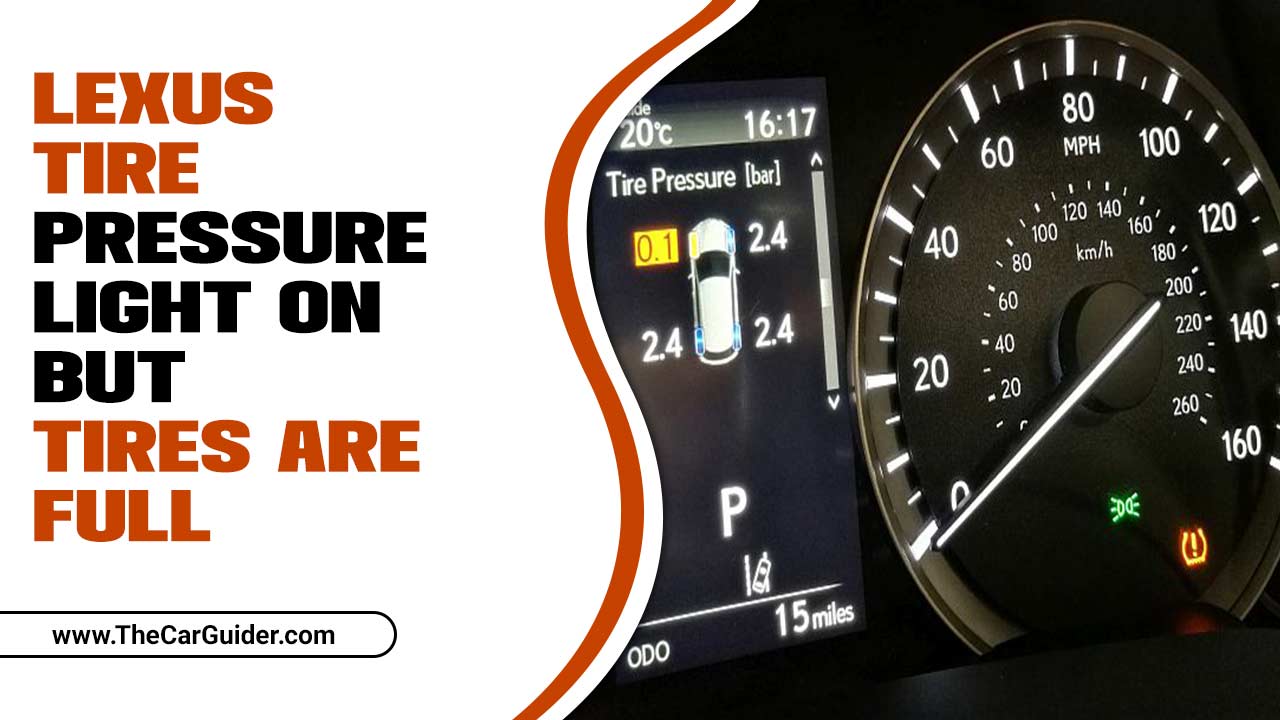
Key Takeaways:
- Driving with incorrect air pressure can lead to decreased performance, increased tire wear, and safety hazards.
- Possible causes of the TPMS warning light include a faulty tire sensor, temperature changes, tire damage, and calibration issues with the tire pressure monitoring system.
- Solutions: Reset the TPMS, check for leaks, or consult a professional tire shop to diagnose the issue with the pressure sensors. Also, perform regular tire rotation, monitor temperature changes, and ensure proper tire inflation.
Lexus Tire Pressure Light On But Tires Are Full – Possible Causes And Solutions
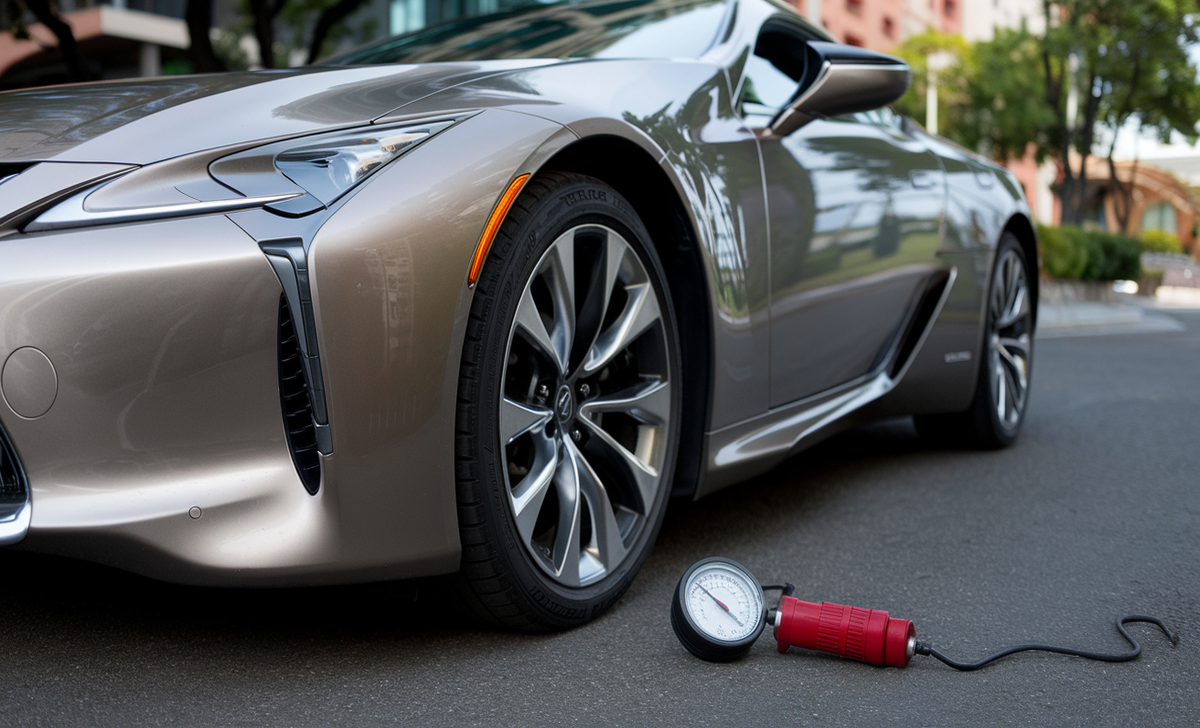
The recommended pressure is typically listed on the driver-side door jamb or in the owner’s manual. For most Lexus models, the pressure ranges between 32–35 PSI, depending on the model and load conditions.
When your Lexus tire pressure light is on, but your tires are okay, there could be several reasons for this issue. Such as a malfunctioning tire pressure monitoring system (TPMS) sensor, temperature changes affecting tire pressure, tire damage that may not be visible, or a calibration issue with the TPMS. Here are some possible causes to consider:
- Sensor Malfunction: The tire pressure monitoring system (TPMS) sensors may be faulty, causing them to detect low tire pressure inaccurately.
- Temperature Changes: Fluctuations in temperature can affect tire pressure readings, leading to false alerts from the TPMS.
- Tire Damage: Even if the tires appear full, internal or sidewall damage could cause air leakage.
- Calibration Issue: The TPMS may need recalibration to read the tire pressure levels accurately.
Suppose you have checked your tires and inflated them correctly. In that case, it is advisable to have your Lexus inspected by a professional to diagnose and resolve the underlying cause of the tire pressure light alert.
What Could Be The Solutions?

However, seeing the tire pressure light illuminate your Lexus dashboard can be concerning. Ensure that your tires are properly inflated, especially after you’ve checked and confirmed.
This scenario is more common than you might think, and it often leaves drivers scratching their heads in confusion. There are a few steps you can take to address this issue permanently:
- Reset the TPMS: Follow your vehicle’s manual instructions to reset the tire pressure monitoring system (TPMS).
- Check leaks: Check your tires for punctures or leaks that could be causing fluctuations in pressure. Repair or replace any damaged tires promptly.
- Consult a professional: If the issue persists, consider taking your Lexus to a certified mechanic or dealership to diagnose and resolve any underlying problems with the TPMS sensors or system.
How To Reset The TPMS
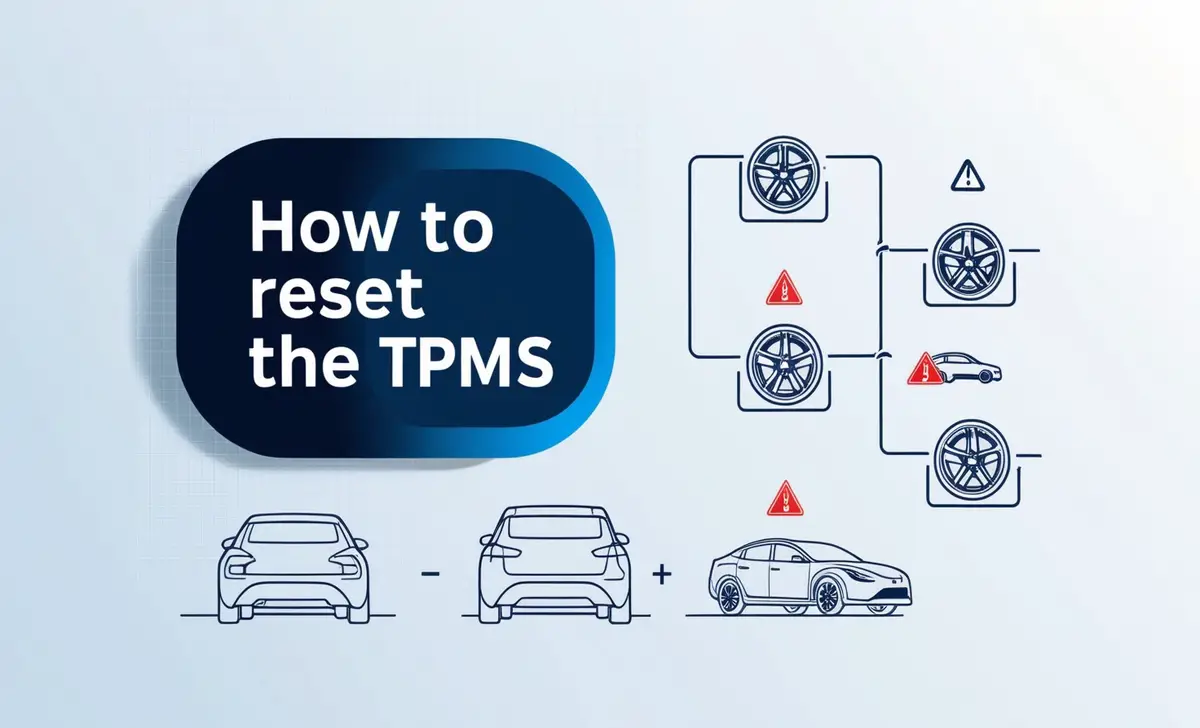
To reset the TPMS on your Lexus when the tire pressure light remains on despite the tires being properly inflated, start by verifying the tire pressures. With the ignition turned on (engine off), locate the TPMS reset button, typically found below the steering wheel or in the glove box.
- Locate the reset button (typically below the steering wheel or in the glove box).
- Hold it until the TPMS light blinks three times.
- Drive at speeds over 25 mph for 10-15 minutes to recalibrate.
Press and hold the reset button until the TPMS light blinks three times, then release. Start the vehicle and let it idle for a few minutes before driving at speeds over 25 mph for about 10-15 minutes to allow the system to recalibrate.
Check the dashboard to ensure the TPMS light has turned off. If the light persists, briefly disconnect the battery to reset the vehicle’s electronics or seek professional assistance for further diagnosis and repair.
Mitigate Tire Pressure Fluctuations By Resolving Key Factors
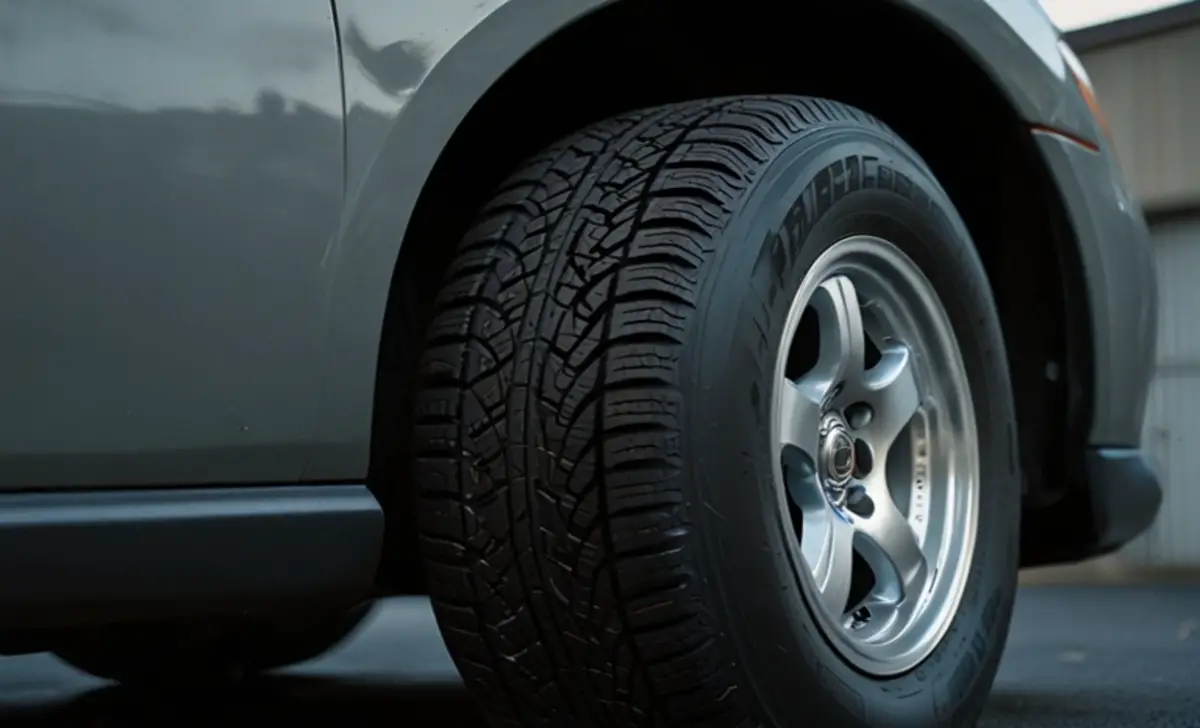
Preventive Measures: Avoiding TPMS Light Issues In The Future
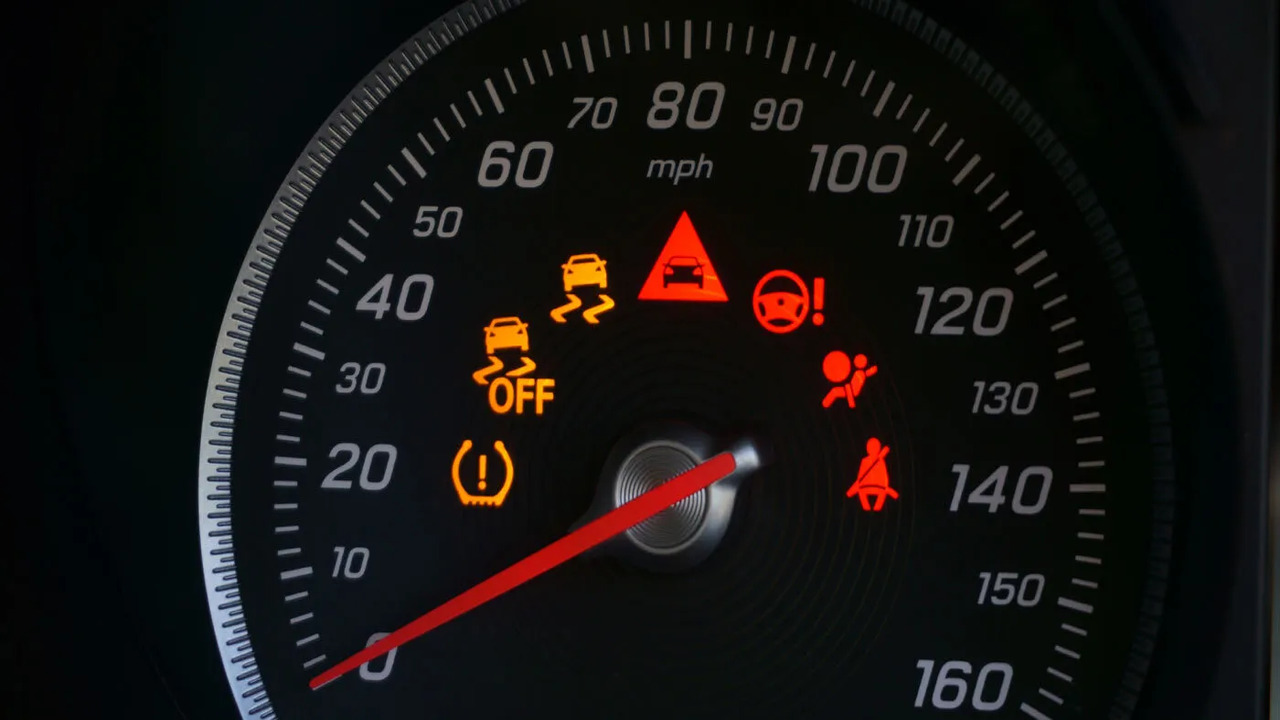
A 20% underinflation can double the likelihood of a tire blowout, increasing the chances of accidents. To prevent TPMS light issues in the future, there are several preventive measures you can take:
- Regular tire pressure checks.
- Adjust for temperature changes.
- Inspect tires for wear or damage.
- Rotate tires every 5,000–7,500 miles.
Conclusion
However, it is essential to address this issue promptly by checking the tire pressure and addressing any underlying problems. Addressing the tire pressure light issue is crucial for both safety and vehicle performance. Properly inflated tires improve fuel efficiency, ensure optimal tire wear, and reduce the risk of accidents due to tire failure.
Ignoring the light can lead to poor handling, increased tire wear, and unsafe driving conditions. If the tire pressure light remains on despite checking the tires, you should consult a certified mechanic or take your Lexus to a Lexus dealership for professional diagnosis and repair of any TPMS sensor issues or system malfunctions.
FAQs
1.How Does The Tire Pressure Monitoring System Work?
The Tire Pressure Monitoring System (TPMS) uses sensors to monitor the air pressure in the tires. When the tire pressure drops below a certain threshold, a warning light on the dashboard will alert the driver. This system helps ensure that tires are correctly inflated, improving safety and fuel efficiency.
2.Why Does Your Nissan Altima Warning For Low Tire Pressure Keep Coming On Time After Time?
The low tire pressure warning light in your Nissan Altima keeps coming on repeatedly because there may be issues with the TPMS sensor, tire pressure sensors, or tire gauge. You should visit an official service center or tire shop to check the sensor ID.
3.Why Does Your Tire Pressure Change When It Gets Warmer?
The tire pressure changes when it gets warmer due to the expansion of air molecules inside the tire as the temperature increases. This expansion can increase tire pressure, causing the TPMS sensor to trigger the tire pressure warning light.
4.Why Does Your Tire Pressure Change When It Gets Colder?
Due to the physics of gases, tire pressure can change when it gets colder. As the temperature drops, the air inside the tires contracts, leading to a decrease in pressure.
This is why the tire pressure warning light is expected to come on during colder temperatures. It is essential to check and adjust tire pressure regularly to ensure safe driving conditions.
5.How Do You Check Your Tire Pressure? Keep Your Tires Properly Inflated?
To check your tire pressure and keep your tires properly inflated, you can follow these steps:
- Locate the TPMS sensor, which monitors tire pressure and triggers the warning light if the pressure is low.
- Use a tire pressure gauge to check the tire pressure accurately.
- If the tire pressure warning light is on, it may indicate an issue with the tire pressure sensor or low tire pressure.
- Check for any tire failure or damages that may cause a drop in tire pressure.
6.Why Do The Different Seasons Affect Your Tire Pressure?
The different seasons can affect tire pressure due to temperature changes, as colder weather can cause the air inside the tires to contract, leading to lower tire pressure.
Conversely, warmer temperatures can cause the air to expand, increasing tire pressure. Monitoring and adjusting tire pressure is recommended to ensure optimal performance and safety.
7.Why Is My Tire Pressure Light On When I Just Filled My Tires?
There could be a few reasons why your tire pressure light is still on after you fill your tires. It may require sensors to be reset or calibrated. Another possibility is a leak in one of the tires or a problem with the tire pressure monitoring system.
8.Where Is TPMS In Lexus?
TPMS stands for Tire Pressure Monitoring System, a feature found in Lexus vehicles. It is not a specific location but a technology integrated into the car to monitor tire pressure and alert the driver if there is a problem.
9.Where Is The TPMS Reset Button?
The TPMS reset button is typically located in the vehicle’s box, the steering wheel, or the fuse box. However, it is essential to cite the vehicle’s owner’s location, as it can vary depending on the make and model of the car.